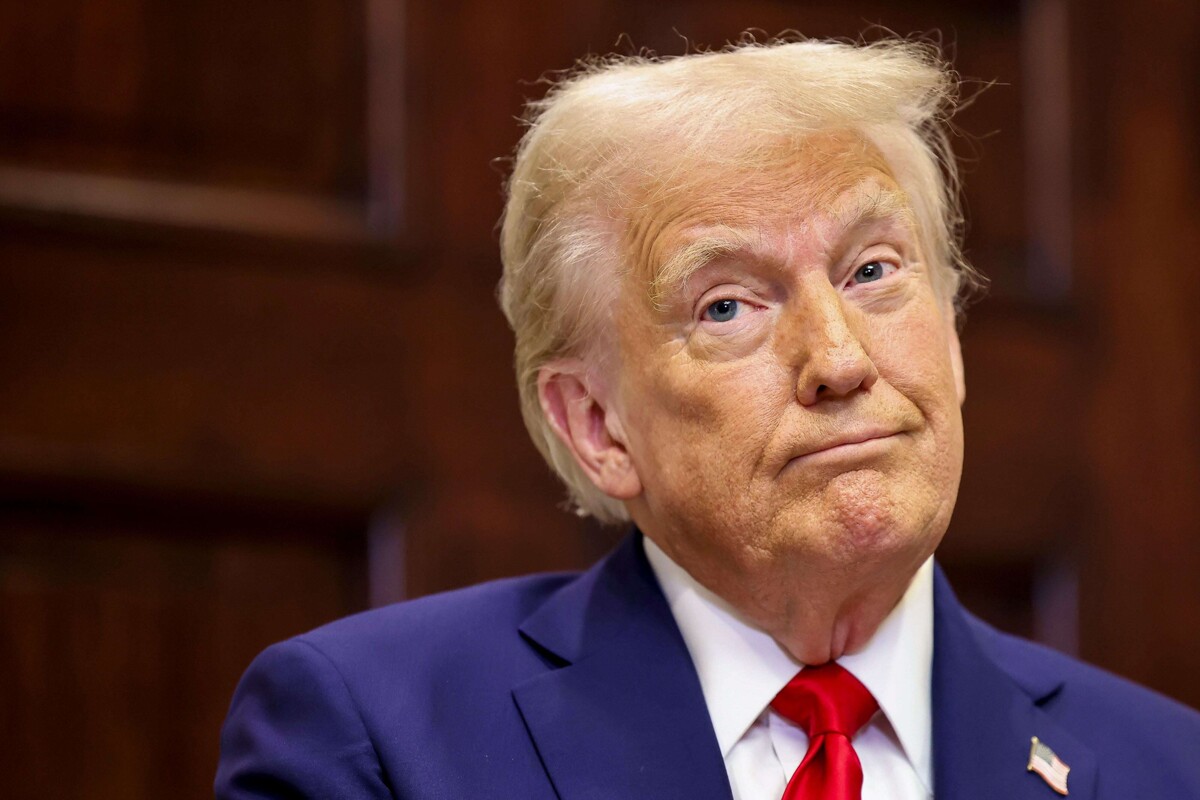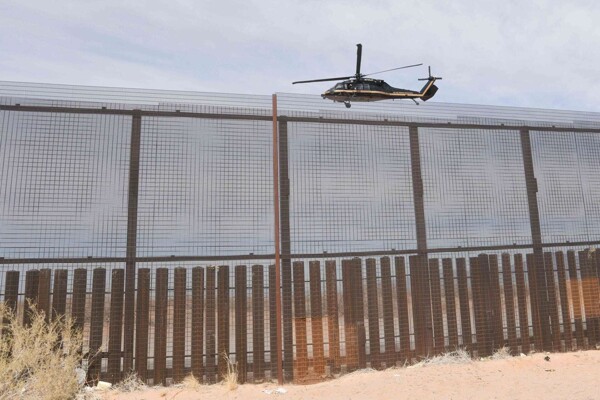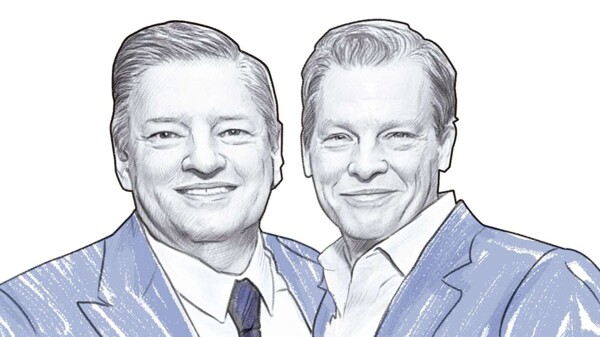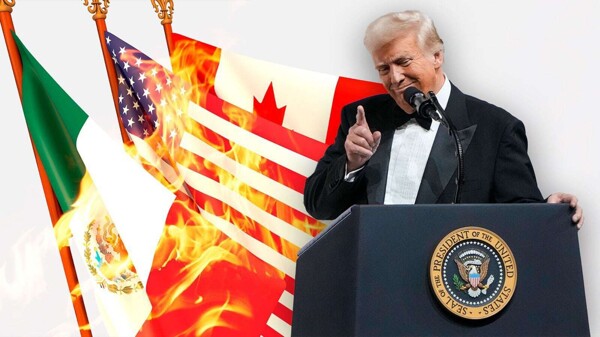
The president missed the opportunity to direct his policies towards boosting the total supply of goods and services. On the other hand, most economic plans could generate more harm than good.
At the start of his second term, President Donald Trump inherited an economy growing above its long-term pace and an unemployment rate considered "natural," meaning consistent with low and stable inflation. He announced a freeze on new regulations but fell short in dismantling others. Contrary to the expectations created during his campaign, he omitted announcing tax cuts that could incentivize labor effort and investment.
Third, Trump mentioned to the press that he plans to impose a 25 percent tariff on Mexico and Canada. The president has four years to prove he can implement substantive actions that favor sustained economic growth. If the tariff levels are significant, the economic slowdown would lead to a recession, and higher costs would reignite inflation, forcing the Fed and other central banks to reverse the monetary easing cycle.
These pressures have translated into high financing costs for households and businesses. A preliminary review suggests that the announced plans are not aimed at maintaining, let alone increasing, economic dynamism. They did not focus on measures that boost productivity. Furthermore, a universal tariff would trigger a global trade war, leading to a decrease in trade and a broader fiscal deficit.
Given the adverse effects, it cannot be ruled out that the new U.S. administration opts for primarily symbolic immigration and tariff measures. The strong economic recovery recorded was supported by increasing immigration. Significant deportation of migrants could pressure the labor market and generate reductions in economic activity. The yields on U.S. Treasury bonds incorporate a risk premium related to the growing public debt and uncertainty about inflation. The economy presents some unfavorable indicators, such as high interest rates on federal debt securities.














